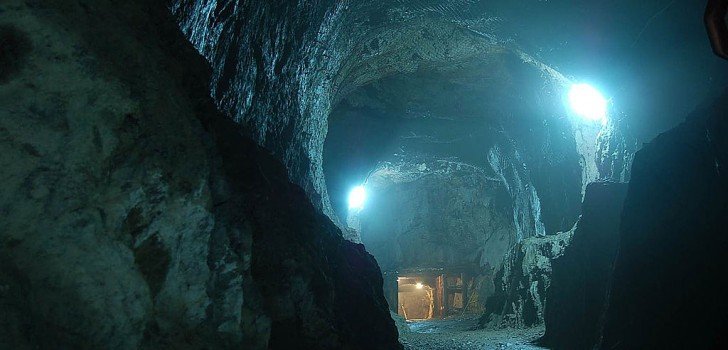Coca plantations in Bolivia are in steep decline after years of battling the drug menace. Since the country kicked out the DEA and the UN approved the first ever coca producing regions, Bolivia’s coca farmers are dropping out by the dozens, raising fresh questions about previous drug policies.
Coca is the parent plant of the drug cocaine. Figures released by the United Nations Office on Drugs and Crime (UNODC) indicate that the production of coca declined by a stunning 11 per cent in 2014. The figures showed a total fall in cultivation areas from 23000 hectares in 2013 to 20400 hectares in 2014.
The production of coca is at its lowest point in over a decade since the UN began monitoring the crop in 2003.
A national law is set to be enacted that limits the total acreage of coca plantations in the country to only 12000 hectares. The new program has been hailed by analysts as providing a means to eradicate the cultivation of the dangerous drug without having to incite farmers into violence.
UONDC analyst in the country Antonio De Leo said, “Bolivia has adopted a policy based on dialogue, where coca cultivation is allowed in traditional areas alongside alternative development [in others],”
De Leo further added that the eradication of the plant involved much more than just the mere stopping of its growing. He said that it involved providing essential services to the people and alternative crops to grow.
He elaborated, “It’s not only about making money off a crop. In the old fashioned alternative development approach, we substitute one illicit crop for a licit crop. It’s about a more comprehensive approach that includes access to essential services like schools, hospitals, and roads in areas that traditionally have been hard to reach.”
More significant is the fact that the decrease in cultivation occurred in two of the largest producing areas of the crop: Los Yungas De La Paz and Tropico de Cochabamba. For the former, plantation areas fell from 15700 to 14200 while for the latter, plantation areas fell from 7100 to 6100 hectares.
While Bolivia has shown great promise in the fight against the growing of the coca plant, other countries have not shown the same tenacity. In Columbia, Growth increased from 85000 hectares in 2013 to 112000 hectares in 2014. In Peru, acreage numbers remain high despite the government’s controversially violent methods of ridding the country of the crop.
Most of the cocaine produced in Bolivia finds its way into Brazil and Argentina, endangering the lives and health of thousands. The gradual decline in growth of the coca plant will see many South Americans benefit from cleaner streets and healthier people.
Stay Connected